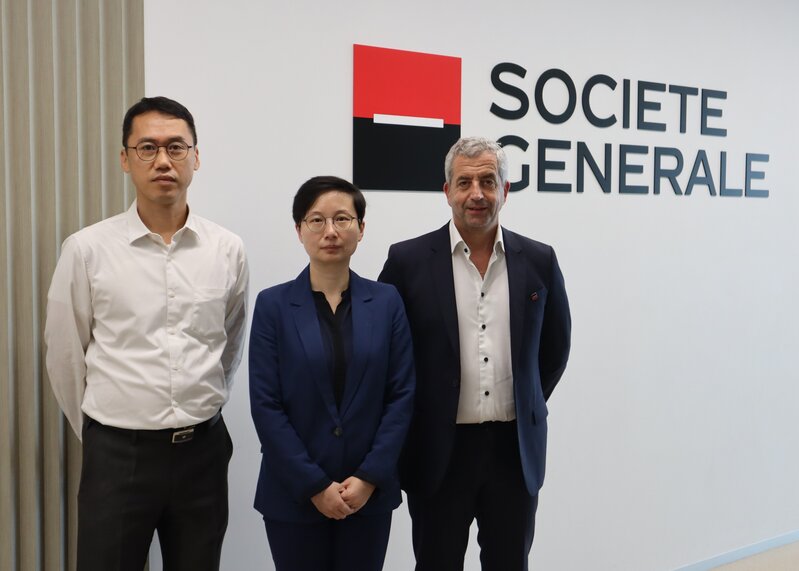
Asia economic and investment outlook for 2024
A new year brings new challenges and opportunities. While some of last year’s trends are likely to continue in early 2024, what should investors look out for in the Asian markets in the coming months?
Societe Generale’s Cross Asset Research team recently shared their views on Asia’s economic and investment outlook for the new year, including looser US financial conditions, China’s improving growth prospects, and broader trends in Asia equities and FX.

(From left to right) Kiyong SEONG, Lead Asia Macro Strategist; Wei YAO, Chief Economist and Head of Research for Asia Pacific; Frank BENZIMRA, Head of Asia Equity Strategy and Multi-asset Strategist
Macroeconomic Outlook
A mild recession in the US will not necessarily disrupt Asia's export stabilisation, while Fed rate cuts should open the door for regional central banks to ease policy.
China should see a modest recovery this year, on the back of more supportive fiscal policy and stabilising exports. We expect a smaller drag from the housing sector, but the debt overhang continues to pose downside risk.
The Bank of Japan will remain hesitant to make an outright exit from the Yield Curve Control or negative interest rate policy, as Japan's economic growth and inflation is set to ease.
Asia Equity Market Outlook
China normalisation, US economic conditions, and earnings recovery could be some of the drivers of Asia equities.
The end of the semiconductor downcycle we expected in Q4 2023 is a major positive for the sector, further fuelled by AI demand for servers. This makes Korea and Taiwan our two core overweight markets. Our India, China and Japan sector allocations are biased toward the Technology sector.
In Asia ex-China, Green Transition names have bucked the extremely bearish trend observed in developed markets and China. The good news for China Green transition stocks is that investors are no longer overpaying for growth. The US interest rate environment is also set to be more supportive.
Asia FX/Rates Market Outlook
Yen volatility could challenge Japan’s bull thesis. The positives include the shift to a sustainable inflation regime, governance reforms and light market positioning among domestic and foreign investors.
The final leg of CNY depreciation is not over yet, although it should now be only moderate in scale. The policy effort of containing CNY depreciation has become a permanent factor in the People’s Bank of China’s policy toolkit. However, extended monetary policy divergence would keep pushing the USD/CNY higher until there is a clear sign of a US Fed pivot.
We expect the USD/KRW to decline steadily by the end of 2024. External factors, such as the US Treasury (UST) yield and the US Dollar Index, are likely to turn favourable for the Korean won and rates in 2024. In addition, there are positive local factors that have not yet been fully priced in for the Korean won.